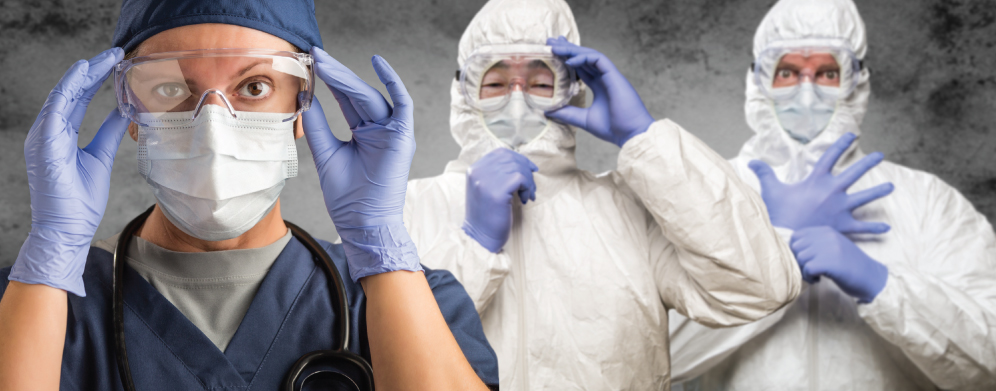Infectious diseases are a major global health concern, with the potential to cause significant illness, disability, and even death. The COVID-19 pandemic has highlighted the need for accurate and timely testing to identify and contain infectious diseases. In this comprehensive guide, we will explore the importance of infectious disease testing in today's world.
What is infectious disease testing?
Infectious disease testing refers to the process of detecting the presence of a pathogen, such as a virus or bacteria, in a patient's body. This can be done through various methods, including blood tests, urine tests, and swab tests. The results of these tests can help doctors diagnose and treat infections more effectively.
Why is infectious disease testing important?
Infectious disease testing is important for several reasons. Firstly, it allows for early detection and diagnosis of infections, which can help prevent the spread of the disease to others. Secondly, it enables doctors to prescribe appropriate treatments, such as antibiotics or antivirals, to help patients recover more quickly. Thirdly, it can help monitor the effectiveness of treatments and track the spread of infectious diseases in communities.
Types of infectious disease testing
There are several types of infectious disease testing available, including:
- Molecular testing: This type of testing detects the genetic material of the pathogen, such as DNA or RNA, in a patient's sample. Examples of molecular tests include polymerase chain reaction (PCR) tests and loop-mediated isothermal amplification (LAMP) tests.
- Serology testing: Serology testing detects antibodies produced by the immune system in response to an infection. These tests can help determine if a patient has been infected with a particular pathogen in the past, even if they are no longer showing symptoms.
- Antigen testing: Antigen tests detect specific proteins on the surface of a pathogen. These tests are often used to diagnose current infections, such as COVID-19.
- Culture testing: Culture testing involves growing a pathogen in a laboratory setting to identify the specific type of bacteria or virus causing an infection.
The importance of accurate and timely testing
Accurate and timely testing is crucial for identifying and containing infectious diseases. False-negative test results can lead to the spread of the disease to others, while false-positive results can cause unnecessary anxiety and treatment. Therefore, it is important to use reliable testing methods and to interpret the results in the appropriate clinical context.
In addition, timely testing is essential for preventing the spread of infectious diseases. During outbreaks, testing capacity can become overwhelmed, leading to delays in diagnosis and treatment. This can result in the spread of the disease to more people, making it more difficult to control.
Challenges in infectious disease testing
There are several challenges associated with infectious disease testing. Firstly, not all infectious diseases have specific tests available, making diagnosis more difficult. Secondly, some tests can be expensive or time-consuming to perform, limiting their availability in certain settings. Thirdly, new strains of viruses and bacteria can emerge, making it necessary to develop new tests to detect them.
Conclusion
Infectious disease testing is an essential tool for diagnosing and treating infections, monitoring treatment effectiveness, and tracking the spread of infectious diseases. Accurate and timely testing is crucial for controlling outbreaks and preventing the spread of diseases. As the COVID-19 pandemic has shown, investing in testing capacity and developing new testing methods is vital for protecting public health.






Comments
Post a Comment